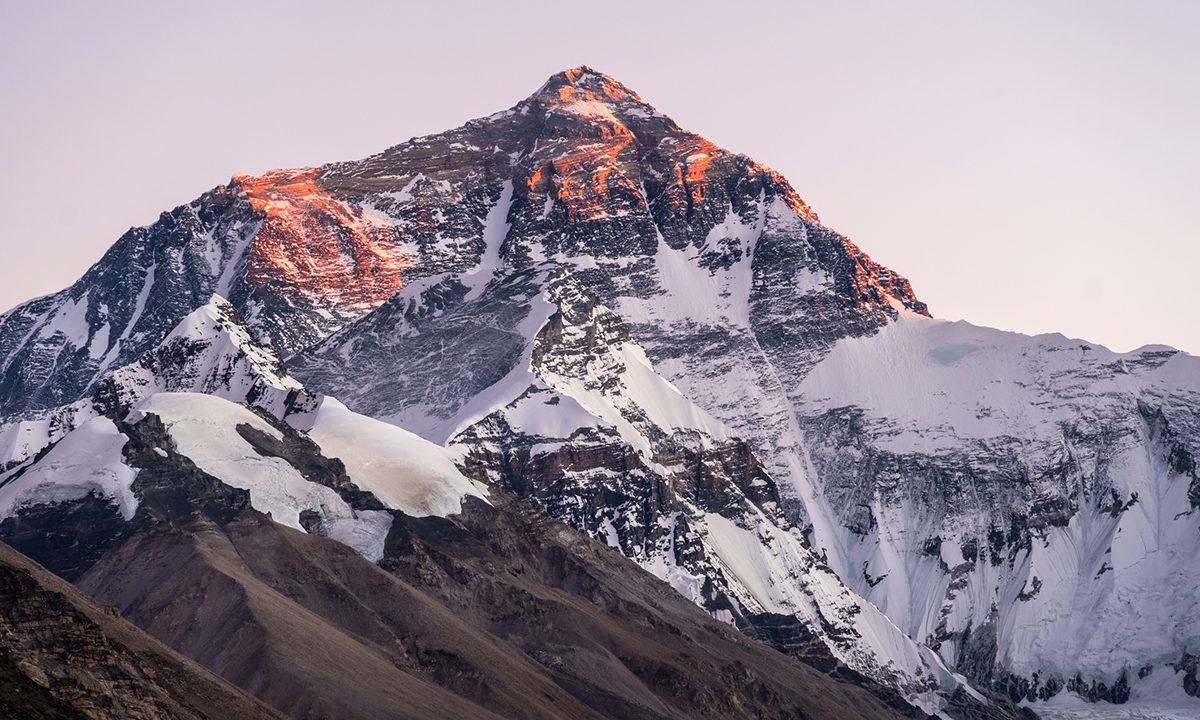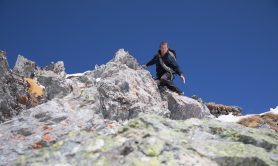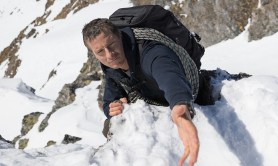

Everest has been trending heavily in the news this week, thanks to records of garbage left behind, an impossible rescue, and a steadily increasing death toll. Mount Everest is the highest peak in the Himalaya mountain range and is located between Nepal and Tibet.
A video went viral online recording the unbelievable amount of garbage (an estimated 440 pounds) being collected by sherpas who were cleaning up after tourists and climbers. Tenzi Sherpa captured the video on his phone and commented: “(It’s) the dirtiest camp I have ever seen.” Trash piles reminiscent of a music festival stained the beautiful landscape. Visitors left behind objects as large as tents and oxygen tanks. Tenzi suggests the government should start intervening.
Videos by Outdoors with Bear Grylls
Almost the Highest Yearly Death Count Ever
2023 has also been a notable year for having one of the highest Everest death counts on record. Yearly death tolls on Everest typically add up to fewer than 10, falling somewhere between three and five, but this year, the death count is up to 17, including missing persons.
Some suggest that Mother Nature is to blame, thanks to unpredictable weather changes due to climate change. Nepal’s tourism department director, Yuba Raj Khatiwada, was quoted in the Guardian stating, “Climate change is having a big impact in the mountains.”
Everest is notorious for being a sort of frozen graveyard, with bodies of past victims littering current climbers’ paths. The frozen corpses on Mount Everest serve as warnings to other climbers. Famous bodies include George Mallory and the victims known as “Sleeping Beauty” and “Green Boots.” The bodies stay where they’re at, since it’s extremely difficult and expensive to extract a corpse from Everest.
On the Bright Side, an Impossible Rescue
A sunny distraction from the death and pollution mounting on Everest is an incredible rescue. A recent video reports a climber was rescued by a sherpa in an area called the “death zone,” where temperatures can dip below -30 degrees Celsius (-22F).
Gelje Sherpa halted his guiding mission in order to rescue the climber, saying that saving a life is more important than completing his trek. It took Gelje six hours to get the climber down the mountain. The unnamed Malaysian climber was found shivering and clinging to a rope. The rescue was successful, and the climber has flown home.
What Will Happen to Mount Everest?
In 2021, the average price to climb Everest was $54,044, and the Sagarmatha National Park records approximately 100,000 visits each year, with around 800 people trying to summit the mountain yearly. The estimated count for 2023 may stand as high as 900, as 454 permits have already been issued, which is more than previous years.
Despite local sherpas’ efforts to keep climbers safe, the unpredictable weather of Everest is an ever-present threat to not only the visitors and climbers but also to those who guide them up the mountain. Despite the danger, Mount Everest is one of the most sought-after outdoor achievements for climbers and mountaineers around the world. As traffic increases and the effect of this traffic proves troublesome, more restrictions may soon be put in place.
What, if anything, should be done? Tell us in the comments.









